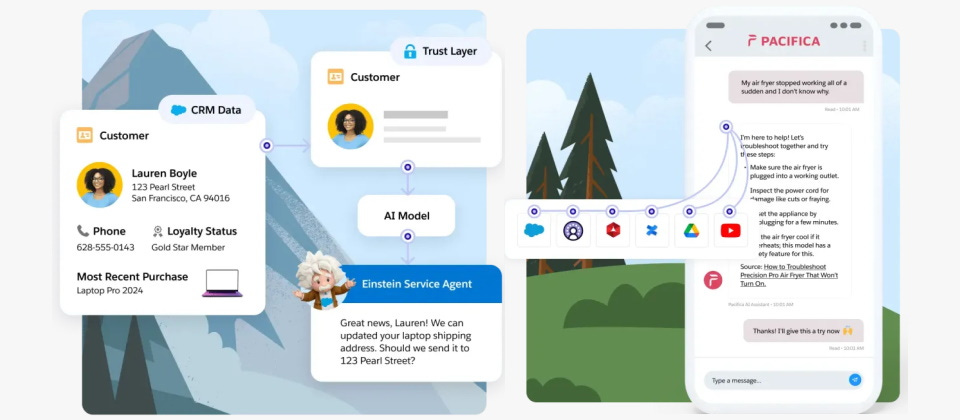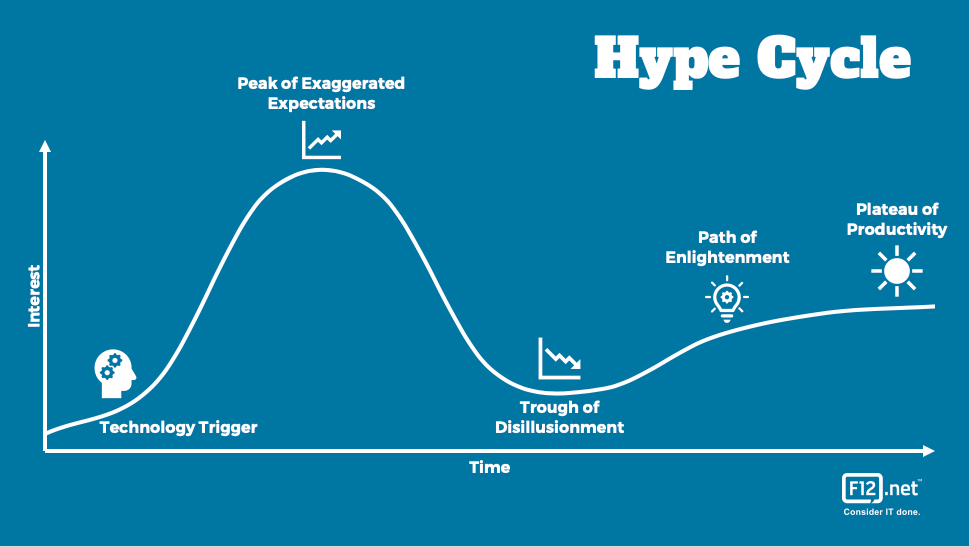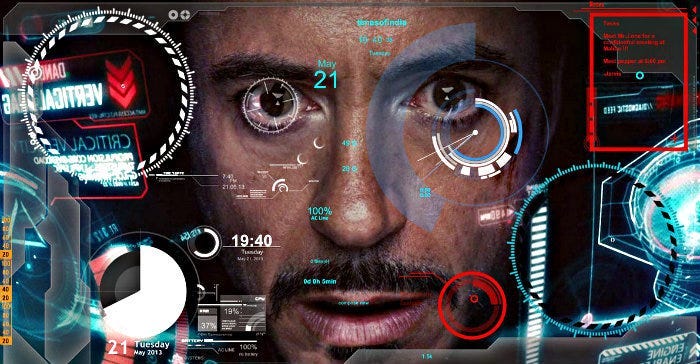Throughout history we've seen shifts in the computer and internet world that take us by storm. These products are built off existing technologies - they just implemented them more intuitively. That's what we're seeing now with AI - a great technology that doesn't yet have its break out product.
We're looking for AI's watershed moment—the product that does for artificial intelligence what the iPhone did for mobile computing.
The Platform Trap
The most common mistake in tech is confusing features for platforms.
Right now, most businesses are treating AI as a feature—a cool add-on to existing products. "Our software, now with an AI assistant!" This approach fundamentally misunderstands what's happening.
When Marc Andreessen wrote "Software Is Eating the World" in 2011, he was recounting the impact software had from a technological standpoint. Software wasn't just a component or feature of a business; it was a platform that reshaped entire industries.
Today, we’re at a similar inflection point with AI. And the companies that will dominate the next decade aren't those adding AI to their products. They're the ones rebuilding their products—and their entire businesses—around what AI makes possible.
Digital Waves of Transformation
To understand where we're going, let’s take a look into the past:
1. Digitization (1995-2010)
The first wave was about putting things online. Taking physical objects and making them digital.
Amazon did this with books and soon became the “Everything Store.” It won not because they were online.
But, because while competitors were building websites to complement their stores, Amazon was building a logistics empire that happened to have a website.
2. Sharing and Connectivity (2010-2020)
The second wave was about sharing and connectivity. You could share content with your friends from anywhere.
Smartphones made it possible to access content at anytime. Social networks like Facebook made it possible to share and interact with friends and online communities.
Facebook didn't invent social networking. It won because it understood that connecting people wasn't a feature of the internet—it was the foundation.
3. Intelligence (Now)
We've now entered the third wave: learning and intelligence. AI capable of making sense of the vast oceans of data we've created and taking action based on what it learns.
The winner won’t be the one to add AI, it will be the one who builds on top of AI.
Just as the previous waves transformed our world, this wave will remake it again—but in ways far more profound than most people realize.
The Next Big Thing Often Starts Small
History teaches us that revolutionary products often look like toys at first.
When Google launched, it was just another search engine in a crowded market.
The first iPhone was mocked because it lacked a physical keyboard.
TikTok was laughed at for being a dancing app for teenagers.
But each of these products contained the seeds of something transformative— they understood something fundamental about human behavior that competitors missed.
People wanted relevant search results, a phone that was natural to use, and a way to create content that was their own.
AI is awaiting its moment—the product or experience that will make everyone suddenly understand: "Oh, THIS is what AI is for."
It won't be a chatbot. It won't be an image generator. It will be something that fundamentally changes how we interact with digital systems and with each other.
Beyond Prompts: AI's Coming Interface Revolution
Before we can find AI's breakout product, we need to solve its interface problem.
Right now, AI is a manual, back-and-forth, prompt-driven interface. Ask for a summary and get a rambling reply. It's functional but not fluid.
Great technology disappears. Think about how listening to music has changed in the past decade. We take it for granted now but when I was in high school we used to download songs we liked, burn them on a CD, and load it into our radio to listen to our favorite jams. Today, I get in my car the bluetooth automatically syncs to the radio and the song I was streaming on my phone at the gym continues to play in my car. The interface vanished, it just makes sense.
The future of AI will follow a similar path—from awkward to intuitive, from commanded to collaborative. The breakthrough AI products won't announce themselves as AI. They'll just work in ways that feel magical.
A Glimpse into the Future
What might this future look like? Here are some possibilities I'm watching closely:
Ambient Intelligence
Intelligence isn't confined to devices but exists as an invisible layer throughout your environment. Your surroundings become an extension of your cognition, responding to your patterns and preferences—creating an ecosystem where technology fades into the background.
Collective Intelligence Networks
The biggest limitation of current AI is that each instance operates as an island. ChatGPT doesn't talk to Claude. My CRM doesn't talk to my Email.
Imagine an AI network that can piece together information from different tools to share insights and come up with new strategies. It's not presenting information you already know—it's coming up with new information and ideas for you.
How to Leverage AI
It’s difficult to predict the future but we can leverage what we have today. Here are some tips to leveraging AI:
Focus on Augmentation, Not Automation: AI won’t directly replace humans, it will amplifying what humans can do. Look for opportunities where AI makes people dramatically more capable, creative, and connected.
Make It Personal: Typing is not personal, you want to know what’s personal talking.
Embrace Invisibility: The most profound technology disappears into the fabric of everyday experience. Winning AI products probably won’t be a shiny new object but rather an experience that you only notice once AI is removed.
Build Adjacent: Transformative innovations often come from combining existing technologies in new ways. What’s possible when you combine AI with spatial computing and other existing technologies?
The Contrarian Path Forward
While everyone else is fighting over who has the most impressive demo, the contrarians are quietly rebuilding from first principles.
Great innovators understand that true breakthroughs don't just improve what exists, they make new things possible.
The winner in this space won't be building a better language model or a more accurate image generator. They'll be creating experiences so fundamentally different that they'll make our current conception of AI seem like mainframe computers in a smartphone world.
Next Week…
I’ll be sharing what this future looks like.
Stay tuned and subscribe to find out what the AI of Tomorrow will be.




